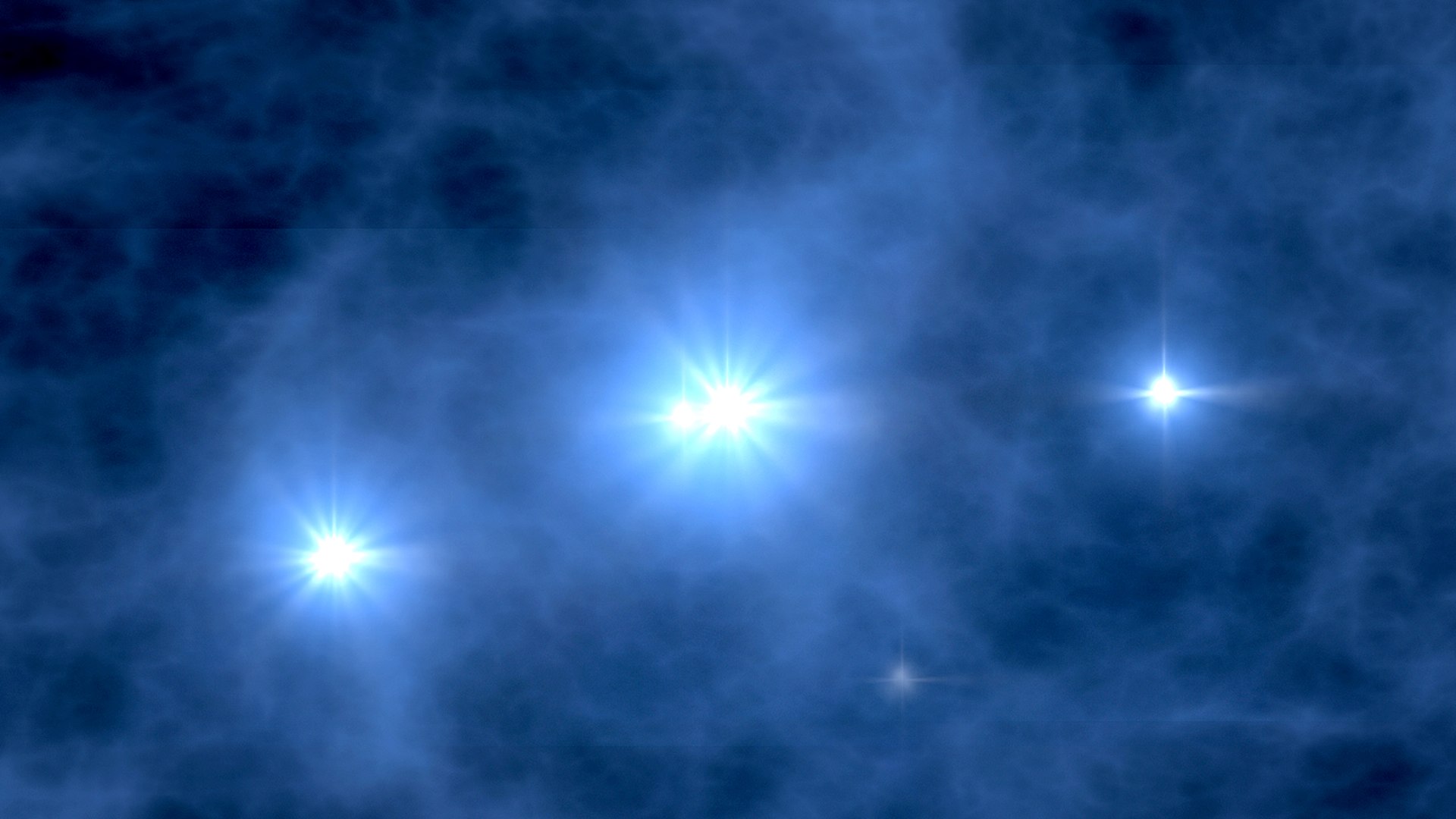Until recently, astronomers could not observe the first stars and galaxies that formed in the Universe. This occurred during what is known as the “Cosmic Dark Ages,” a period that took place between 380,000 and 1 billion years after the Big Bang. Thanks to next-generation instruments like the James Webb Space Telescope (JWST), improved methods and software, and updates to existing observatories, astronomers are finally piercing the veil of this era and getting a look at how the Universe as we know it began.
This includes new observations from the Atacama Large Millimeter/submillimeter Array (ALMA) in Chile, which obtained images of a stellar nursery inside a galaxy roughly 13.2 billion light-years away in the constellation Eridanus. This galaxy has a redshift value of more than 8.3, corresponding to when the Universe was less than 1 billion years old. The images discerned the sites of star formation and possible star death inside a nebula (MACS0416_Y1) located within this galaxy. This represents a major milestone for astronomy as this is the farthest distance such structures have been observed in our Universe.
The team was led by Yoichi Tamura, an astronomy graduate student from Nagoya University. He was joined by researchers from the National Astronomical Observatory of Japan (NAOJ), the Waseda Research Institute for Science and Engineering, the Tomonaga Center for the History of the Universe (TCHoU), the Cosmic Dawn Center (DAWN), DTU-Space, the Max Planck Institute for Extraterrestrial Physics (MPE), the Research Center for the Early Universe, the Frontier Science and Social Co-creation Initiative (FSSI), the Research Center for Statistical Machine Learning, and multiple universities. The paper describing their findings recently appeared in The Astrophysical Journal.

During this Cosmic Dark Ages, the Universe was permeated by clouds of neutral hydrogen, and the only sources of light were relic radiation left over from the Big Bang – visible today as the Cosmic Microwave Background (CMB) – and radiation created by the reionization of hydrogen. This occurred as the earliest population of stars (Population III), which were very bright and hot by modern standards, pumping out tremendous amounts of ionizing energy. This led to the Epoch of Reionization, when the Universe became transparent, and its structures became visible to modern telescopes.
In this case, the team previously detected radio waves emitted by oxygen and dust – two components of the interstellar medium (ISM) and star-forming nebulae – that absorbed radiation from the birth of new stars. However, their initial observations lacked the resolution to conduct detailed observations that would have revealed the distribution of dust and gas and the structure of the nebula. To this end, the team used ALMA to observe MACS0416_Y1 for 28 hours, which revealed that the dust signal and oxygen emission regions are intricately intertwined.
The images released by the team (shown above) display the ALMA dust emissions alone (right), while the image on the left shows specific emission data combined with the starlight imaged by the Hubble Space Telescope. Dust is represented by red, oxygen is represented by green, and starlight is shown in blue. The vertically elongated cavity, which could be a superbubble, is visible in the center of the dust emission image on the right – appearing as an oblong-shaped black section.
Takuya Hashimoto, an astronomer with the University of Tsukuba and co-author on the paper, described the challenges of obtaining these observations in a recent NOAJ press release, saying, “It corresponds to capturing the extremely weak light emitted by two fireflies located 3 centimeters apart on the summit of Mount Fuji as seen from Tokyo, and being able to distinguish between those two fireflies.”

Their results suggest a process where newly formed stars within the nebula ionize the surrounding gas. In addition, the team detected a massive cavity spanning approximately 1,000 light-years in the dust-dominated regions. This cavity could be a “superbubble,” created when several short-lived stars collapse, leading to successive supernovae that disperse nebulas with their shockwaves. This is consistent with the measurements of the motion of the gas in the nebulae, which indicate an environment where many stars could have formed together in massive clusters.
These results offer a preview of what future observations using next-generation telescopes could discover. As Tamura explained:
“In the future, more detailed information can be obtained by conducting high-resolution observations of these star clusters themselves, using instruments such as the James Webb Space Telescope and the planned Extremely Large Telescopes.”
Further Reading: NAOJ, The Astrophysical Journal

